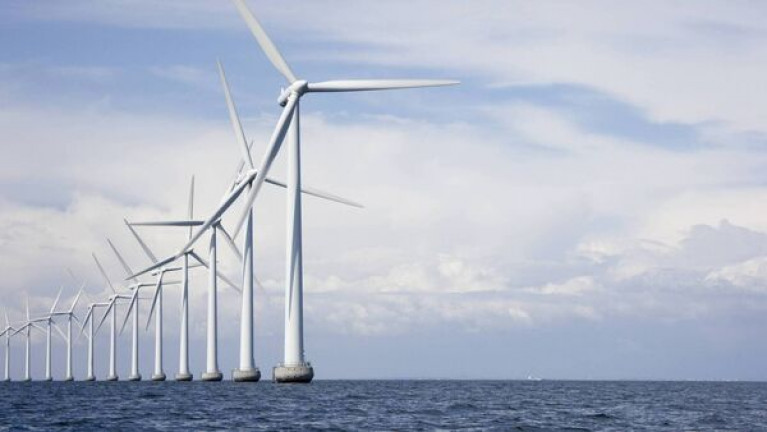Displaying items by tag: Incl Shipping
The European Commission has unveiled the world's most ambitious climate change plan which will heap pressure on Ireland to meet its plan to generate a huge part of electricity from offshore wind by 2030, while at the same time meeting the demand from data centres, Irish experts have said.
According to the Irish Examiner, the EU wants member states to focus on buildings and road transport, which have barely contributed to reducing carbon emissions, and proposes bans on the sale of all new petrol and diesel cars by 2035 while establishing rules for countries to provide electric and hydrogen fuel recharging points on their road networks.
The package of proposals, known as Fit for 55 or the European Green Deal, sets the bar higher for many member states, including Ireland.
Adding pressure on Ireland as an island is the proposal that shipping would be included in Europe's carbon trading system for the first time, while jet fuel emissions by aviation comes under increased scrutiny.
The European Commission, at the same time, plans to erect the world's first carbon border tariff, which would impose emission costs on imports of goods including steel, cement, and aluminium.
Under the Green Deal, the EU has raised its renewable targets to 40% by 2030, and sets aim at legally binding targets to reduce net EU emissions by 55% by 2030, from 1990 levels, and eliminate them by 2050.
More here on Ireland's 2030 target.





























































